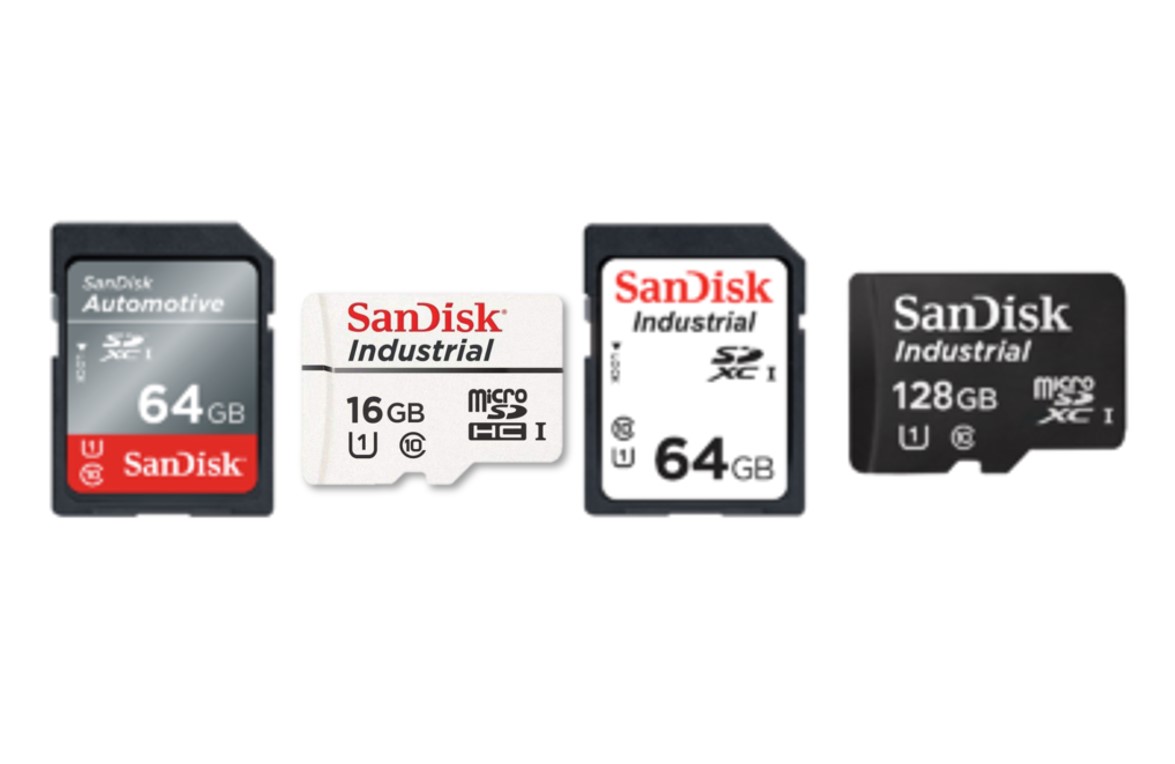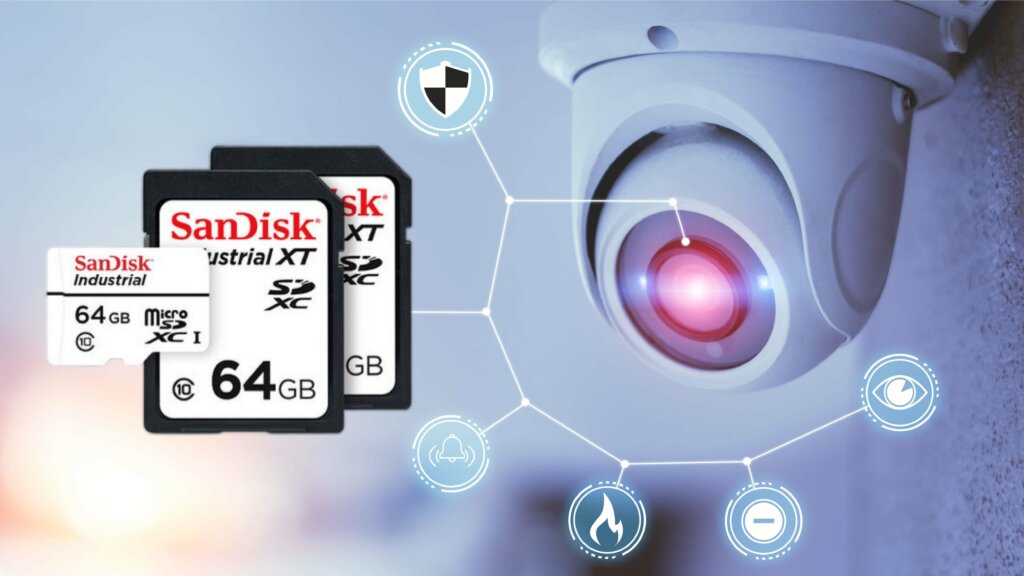What’s the industrial sd card difference?
Industrial sd card and standard sd which on the surface look the same. Identical mechanical design, capacity and matching form factors are all same. However, there are significant differences between Industrial grade cf card and Consumer grade flash devices. It is important to consider the influences of differences have on reliability, endurance, compliance and total cost of ownership before selecting a device that is fit for purpose.
What’s the Sandisk industrial sd card?
Sandisk Industrial series withstand some of the harshest environmental conditions, among which Industrial cf card and industrial microsd can be high temperature from minus -25°C to 85°C Work. With a read/write speed of 50/80 MB/s, even high bit-rate video streams can be used. As for Sandisk Industrial XI SD, just like automotive sd card. It can operate at extreme temperatures of minus -40°C to 85°C, no problem in tropical ice days!
SanDisk’s industrial compact flash card also has an automatic reading and refreshing function, which can protect the files in the compact flash industrial cf card from being damaged.
What are some of the advantages of industrial cf card for applications?
Industrial micro sd card and industrial cf card can be equipped with embedded systems, automatic machines, fanless systems, GPS, military computers, on-board computers, or machine tools. Even in the harsh working environment of -40°C to 85°C, it still shows superior performance, including compatibility and reliability.
From Dellwa salesman
“The application field of industrial cf card and sandisk industrial microsd are about automotive, telecom, GPS, embedded, recorder and displays, medical and healthcare, etc.
We are glad to provide you SanDisk industrial 32gb micro sd for suitable you are significant and sophisticated equipment. “
For more information about memory news, please click here.
If you have demand of purchasing Sandisk industrial compact flash card, please don’t hesitate and feel free to contact us!”





